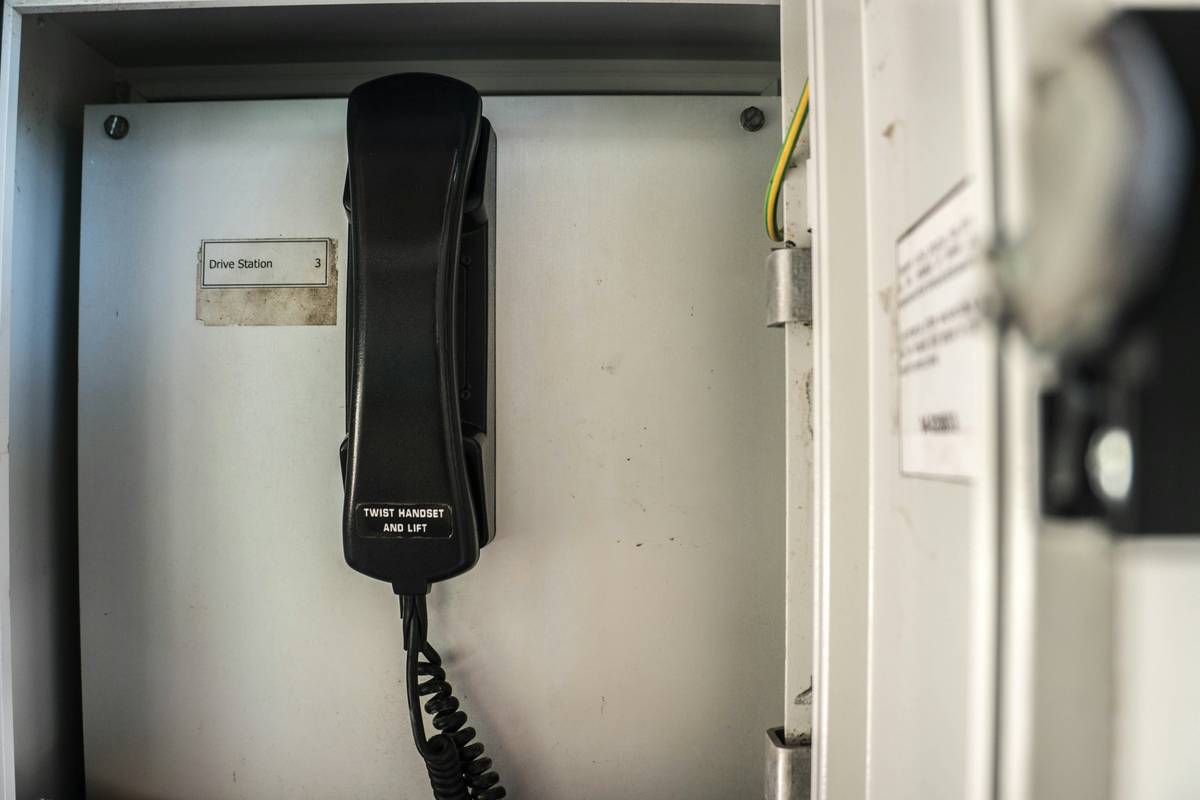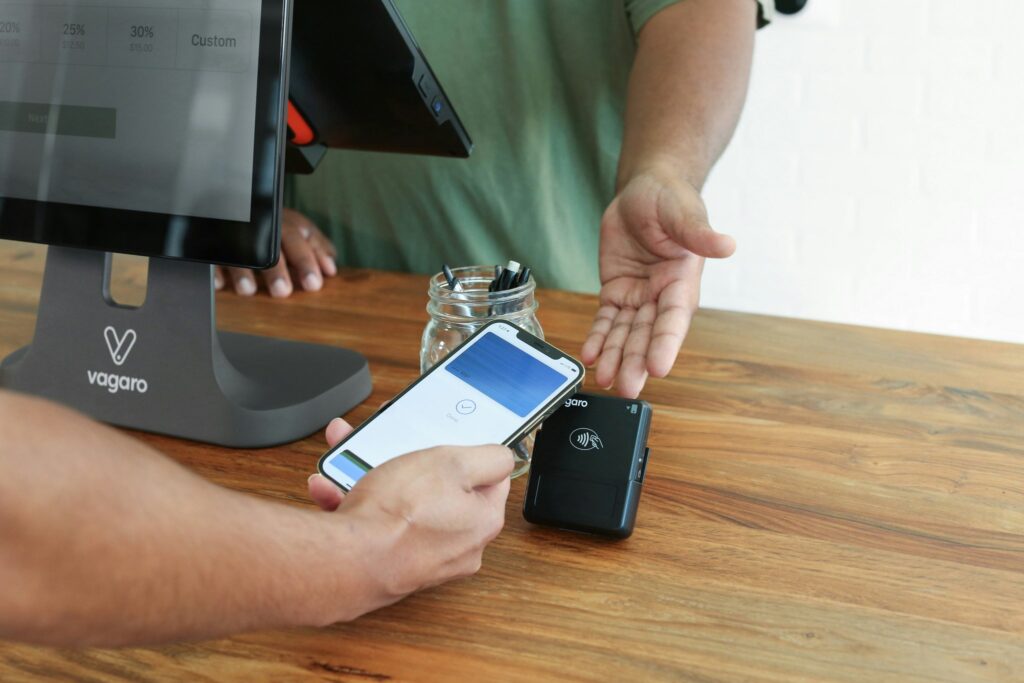Table of Contents
- Introduction
- Key Takeaways
- The Problem with Mismanaged Business Calls
- How to Use Call Destination Tracking Tools Effectively
- Top Tips for Maximizing Your Tools
- Real-World Examples of Success
- FAQs About Call Destination Tracking Tools
- Conclusion
Introduction
Ever stared at your phone bill wondering where half your business calls went? Or had a customer service team member claim they “didn’t get the call”? Yeah, we’ve all been there. Mismanaged business calls are like chasing ghosts—frustrating and unproductive. That’s why call destination tracking tools are your new best friend.
This blog dives deep into everything you need to know about leveraging these tools for better business productivity. We’ll unpack their features, how to implement them efficiently, and even toss in some real-world success stories (because inspiration matters). You’ll learn why ignoring these tools could cost you more than just money—it might tank your entire workflow.
Key Takeaways
- Call destination tracking tools help monitor where calls end up, ensuring no lead falls through the cracks.
- These tools boost accountability, enhance customer service, and save time by streamlining internal communications.
- Poorly managed call systems can waste thousands annually; don’t let this be you!
The Problem with Mismanaged Business Calls
Confessional Fail: A colleague once routed an urgent client call directly to voicemail because they didn’t understand the system. The result? A lost deal worth $50k. Ouch.
Let me break it down further. Imagine running a bustling e-commerce store without proper logistics tracking on packages—you’d lose shipments left and right. Business phones without call destination tracking tools operate similarly. Calls are dropped, misrouted, or disappear into digital limbo.

“Grumpy Optimist” Dialogue:
Optimist You: “It’s okay, mistakes happen.”
Grumpy You: “Yeah, until those ‘little’ mistakes add up to missed opportunities and pissed-off clients!”
How to Use Call Destination Tracking Tools Effectively
Step 1: Set Up User Permissions Correctly
First things first, make sure each employee has access only to what they need. Overlapping permissions equal chaos faster than you can say *crisis mode.* Tools like RingCentral offer customizable permission settings that ensure everyone stays in their lane.
Step 2: Track Metrics Beyond Basic Call Logs
Look beyond who answered what. Dive deeper into which departments handle specific types of queries, average response times, and resolutions rates. These insights fuel smarter decisions when tweaking workflows.

Step 3: Integrate With CRM Systems
If your business uses CRMs like Salesforce or HubSpot, integrate your call management tools with these platforms. Now you’ll have both communication history AND actionable data sitting neatly in one place.
Top Tips for Maximizing Your Tools
- Automate Routing Rules: Save time and prevent routing errors by automating how incoming calls are directed based on predefined criteria.
- Train Your Team: Ensure every team member knows how to use the tools properly. Bonus points if you create quick-reference guides or videos!
- Monitor Regularly: Consistent monitoring helps identify bottlenecks before they spiral out of control. Pro tip: Schedule weekly check-ins.
Terrible Tip Disclaimer: Don’t skimp on training sessions. I once assumed my team would figure out a new tool on their own. Big mistake. It took MONTHS for us to recover from inefficient usage.
Rant Alert: Why do businesses still insist on sticking with outdated PBX systems with no advanced tracking capabilities?! It’s 2024, folks. Time to evolve.
Real-World Examples of Success
Case Study: XYZ Corp implemented call destination tracking tools across its sales and support teams last year. Within six months, they slashed resolution times by 40% and improved customer satisfaction scores by 25%. Their secret sauce? Leveraging tools like Five9 to streamline operations.

FAQs About Call Destination Tracking Tools
Q: What exactly do call destination tracking tools track?
A: They log details such as caller ID, transfer paths, handling times, and final destinations of calls within your organization.
Q: Is it complicated to set up?
A: Not really! Most modern solutions come with intuitive interfaces designed for ease of use. Still nervous? Many vendors provide hands-on setup assistance.
Q: Can small businesses benefit too?
A: Absolutely. Even solopreneurs can leverage these tools to keep tabs on client interactions, improving professionalism and efficiency.
Conclusion
To recap, call destination tracking tools aren’t just another tech fad—they’re essential for any business serious about staying organized and productive. From preventing lost leads to optimizing workflows, these tools deliver ROI in spades.
So go ahead and invest in your sanity—and maybe treat yourself to that latte while you’re at it. You deserve it.
Like a Tamagotchi, your SEO needs daily care but hey—that’s a whole other blog post. 😉

